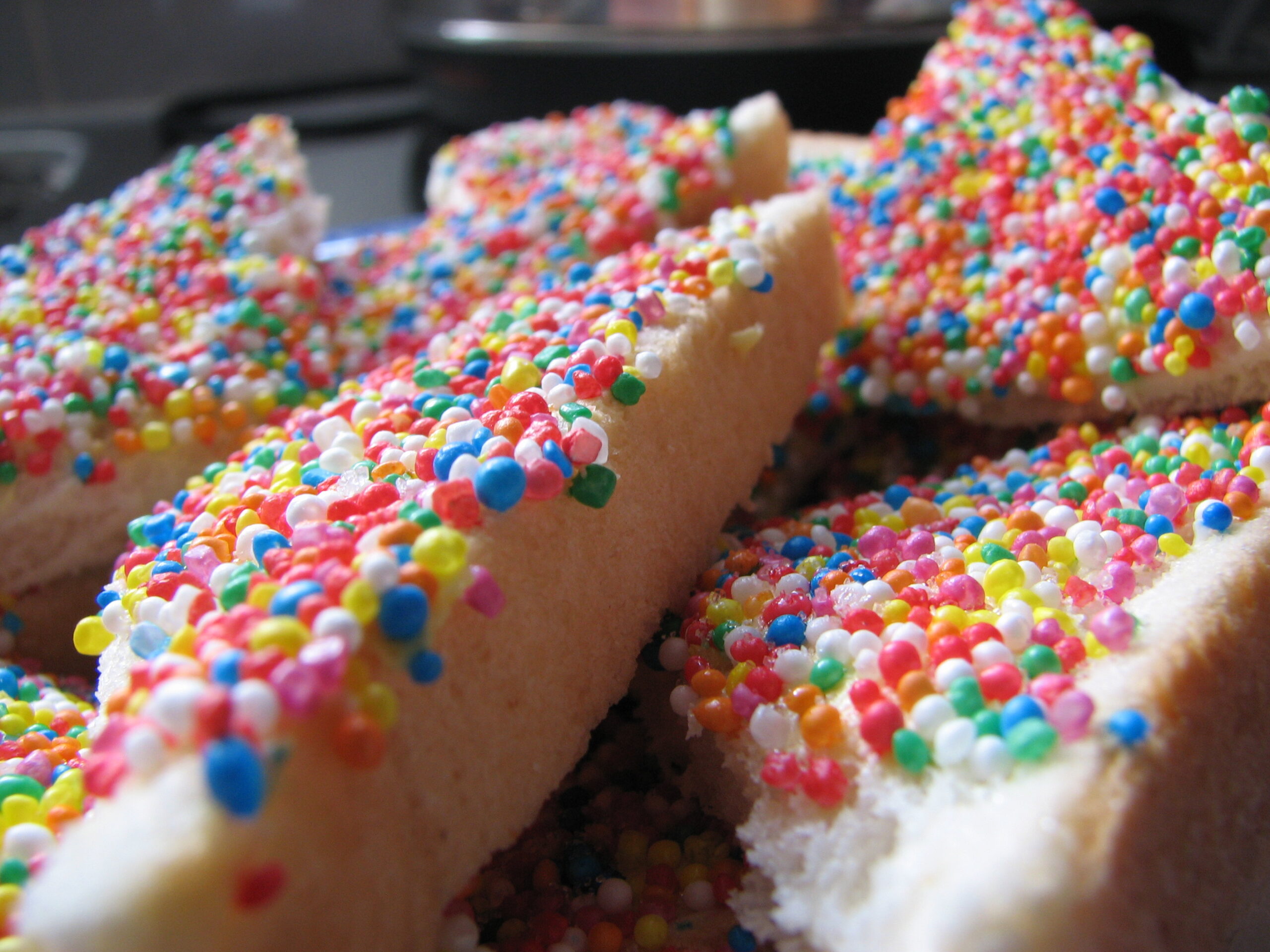We live in a diverse and globally connected community. Guest teacher author, Roisín O Rourke shares some of the ways her school has navigated bringing the rich and fascinating wider world into their classrooms.
Studying a foreign country is always a lovely topic to delve into. Even with younger children, exploring another culture in your classroom can be such a hands on, eye opening and immersive experience. It can also really bring a valuable depth and authenticity to SESE subjects, Music, Literacy and Art for older students.
Here’s some ideas on how to make the experience extra dimensional for your class that worked for us:
Check your Classroom
Are there any kids in your class from another country that could offer insight as to what it’s like?
Did they live there before?
Did they visit it if it’s where their family is from?
Make an Embassy Connection
Could you contact the Embassy for resources or even to arrange a speaker to come to your school?
In my own class this year, a colleague of mine contacted the Australian Embassy when we were covering Australia in January. They were able to send us lots of resources and a whole suitcase of artefacts to help the children explore their country! Contacting the embassy was really easy through their official website and was a great way of bringing a new realm to the learning.
The suitcase that the embassy sent was wheeled into the classroom and worked as a great stimulus for what we were about to learn. We initially looked at the suitcase size and if the children thought it came from a long way away, etc. The kids gathered around in a circle as a few of the kids helped me open it and reveal what was inside….
Sitting on top was an Australian flag!
This really sparked their curiosity and from there the learning began. More than that, the enthusiasm the children had being able to see and hold objects like didgeridoos, boomerangs, Australian sun hats, kangaroo fur, etc. was just something else!

I can thoroughly recommend contacting an Embassy if you are considering studying their country. Be sure to check your chosen country’s Embassy website for any existing digital resources and useful links.
REMEMBER: It may not be an option for every country but definitely worth a little research!
Cultural Food Morning
Carve out time for the children in your class to try out a few pieces of food from your chosen country.
In my class, we had a go at making Fairy Bread, a popular party food in Australia and New Zealand, which also linked nicely to procedural writing.

We also tried Vegemite/Marmite which wasn’t as big a hit as the Fairy bread! 🙂 The Vegemite that is very popular in Australia has extra celery and onion flavour but a similar strong yeast taste.
Much more that maps, books and videos, the practical experience of the resources really opened my classroom door to a new country and allowed the children to access the experience more deeply.
If you have any ideas you’d like to share, let us know in the comments.


Leave a Comment